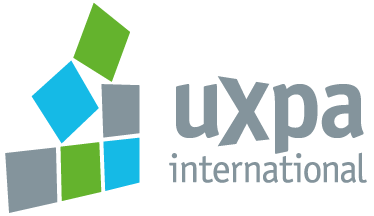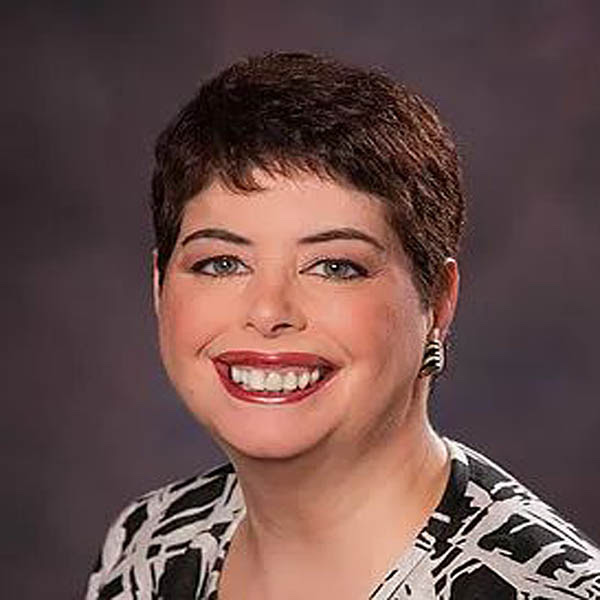Perfecting Plain Language and What REALLY Makes Wonderful, Working, Websites
$350.00
Presenter: Wendy Meyeroff
May 22, 29 & June 5
9 AM PT (San Francisco) / 12 PM ET (New York) / 6 PM CEST (Paris)
Three 60-minute online lectures.
Late Registration:
UXPA does allow for short course registration beyond the start date up until the last day of the course, registration for a course is officially closed once the course has concluded. Late enrollees will be given access to the short course slack channel and receive all course materials and links to recorded sessions that may have been missed. For any additional questions and concerns, please contact: education@uxpa.org
Course Registration Rates:
Students: $50
UXPA International Members: $200
Non-members: $350
(Value Option: become an Associate Member prior to course registration and you will still save $150 over non-members!)
Description
One of the greatest dismissals of targets’ web interest is the lack of understanding by so many in business presentations on truly reaching their audience.
Consider that word “verbiage.” If your audience is professors, doctors/nurses, geeks, and others well educated, it’s usable. But if you’re doing patient ed? How about general office user manuals? Producing educational vids and/or holding Zoom classes that will be offered across your target outlet via the website?
You get the idea.
It doesn’t matter how great your images, how enticing your Calls to Actions (CTAs), how well you’ve analyzed key words needed, SEOs, pay-per-clicks, etc.
If you don’t truly understand—and institute—plain language on your site (or modify your site for different audiences), you won’t capture and maintain interest. Yes, folks who MUST log in (e.g., entering CME/CE classes) will do so. But if you’re trying to enhance a website’s readability and thus generate and then maintain interest from others, here’s the place for a quick overview of why you must understand—and implement—plain language.
Course Outline:
Week 1: Custom Content is More Than Most Think
Critical Understandings that Reach Beyond Informing to Exciting
I’ll be honest with you—I hate the word “copywriter.”
When I started, journalists and overall storytellers were not copywriters. The latter strictly applied to advertising materials.
Today of course that traditional copy skill still has value. Google Ads, pop-ups, and other tools (and yes there’s still print and broadcast) truly do need key personnel who understand, analyze, and/or implement current tracking capabilities.
But that’s NOT what this class is about. It’s the intro that adheres to the mantra,
“It all starts with great content that gives people a reason to visit your website.”
Here you’ll learn the arts of storytelling (do you know the NIH now has some leaders who believe in it?) and story making. Yes, there is a difference. The story maker is the true conceptualizer; the storyteller is one handling the writing. (Of course they can be the same person.)
Among the topics in this session:
- Recommending links/sublinks on site maps so as to generate better buyer behavior
- Ensuring leaders understand and agree on language capabilities of target audience(s)
- Learning custom content that contains key words
- Higher traffic-generating landing pages
Week 2: Why “Web 1.0” Design Must Be Your Goal
This session is about getting back to basics. I’ve been writing for the web for close to 20 years so trust me, I’ve seen and know the changes. But UX personnel and others—web designers, graphic designers, IT, et al—must still learn or remember the basics.
In this session, attendees will be taken back to the 20th-century. That’s right. It’s because you can have a big budget and still automatically FAIL. Having pop-ups, vids, and other 21st-century options still makes too many designers forget (or ignore) basics from late in the last century that make websites work.
Among the pointers to review in more detail:
- Special effects: The Good, the Bad, and the REALLY Ugly
- The “10-Second Rule”
- Back-to-Basics
- True 21st-century image
- Online form conversation rates: exploring tools
Week 3: “To Explore Strange New Worlds…and Boldly Go”
Okay, we’re not officially joining the Star Trek world.
Though heck…what if any of you need to reach Trekkers? Maybe you need an SEO that’ll Transmit Tips and Then Track Trekkers…or whatever you decide to program.
And while you’re smirking, remember your web page outreach may need tools that reach the B2B side of the Trek world, the businesses reaching Trekkers. (I could probably provide a dissertation on potential market outreach to Star Trek fans, but….)
You get the idea. So what other tools will enhance your site’s reach to any market? This part of the course reviews and explains:
- Who’s blogging now? (Major authority establishers)
- Summarizing audience data: the infographic era
- Incorporating PowerPoint into storytelling
- Newsletters: “To E or not to E?”
- Choosing and using social media
Meet Wendy Meyeroff
Wendy Meyeroff, the Plain Language Leader, has been providing copywriting, custom content, and marketing consults to national/international health and tech clients (small, medium and large) for 20+ years. That goes across all outlets; i.e., print, broadcast, and being one of the first online writers/site mappers.
Her special niche includes mentoring those reaching out to the senior market; aka “Baby Boomers.” Wendy’s an award-winning writer in this area.
Among Wendy’s collaborations: Apple, NIH, Merck, Johns Hopkins, CBS, Dr. Oz, the New York MacUsers Group, and Erickson Living. See her book, “Web 1.0” on web content and design basics (Editorial Freelancers Association, 2018).
For more info and samples, see www.wmmedcomm.com andhttp://www.issuu.com/wmmedwriter. Or email her directly: wjmeyeroff@gmail.com.

